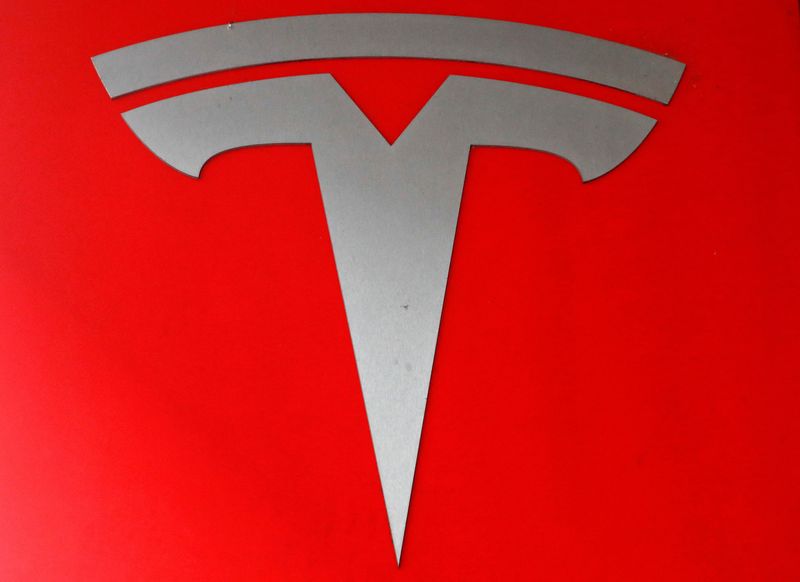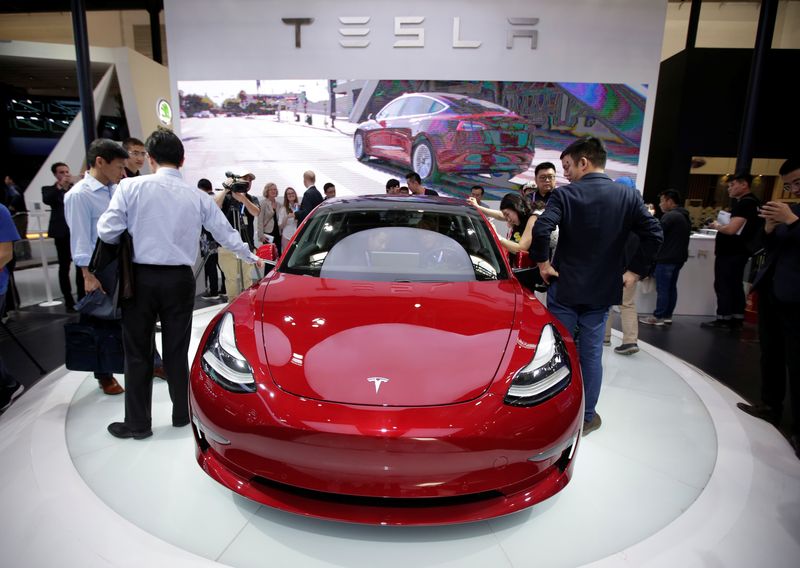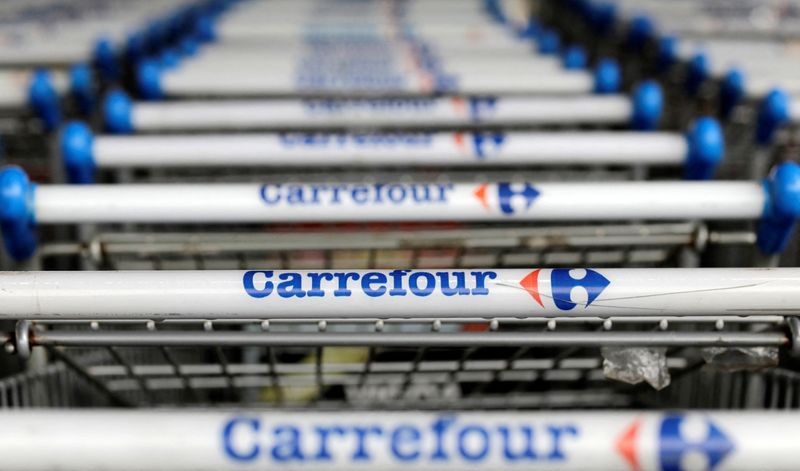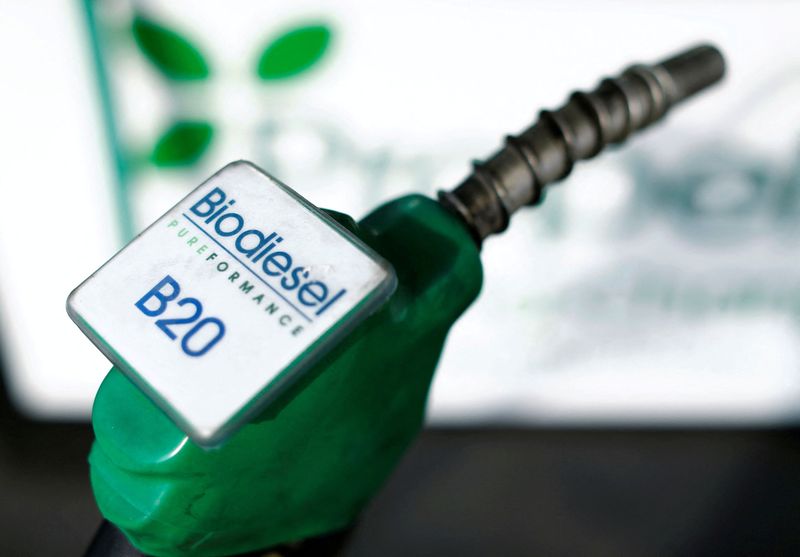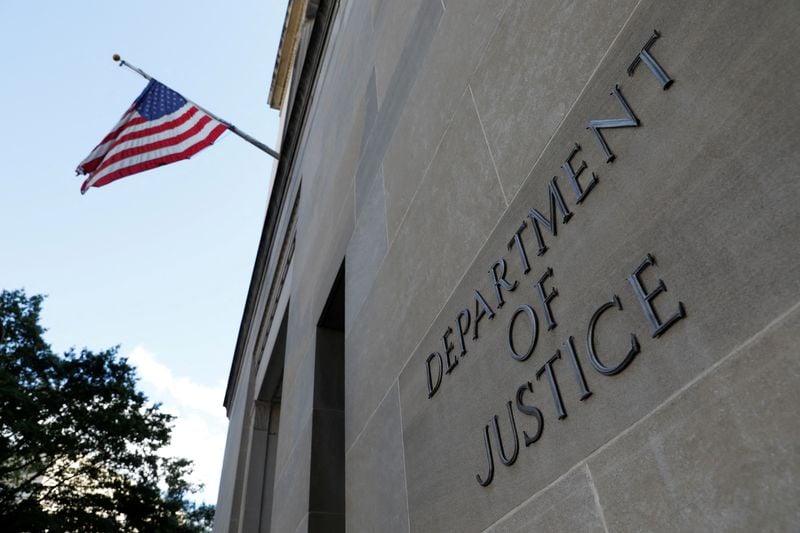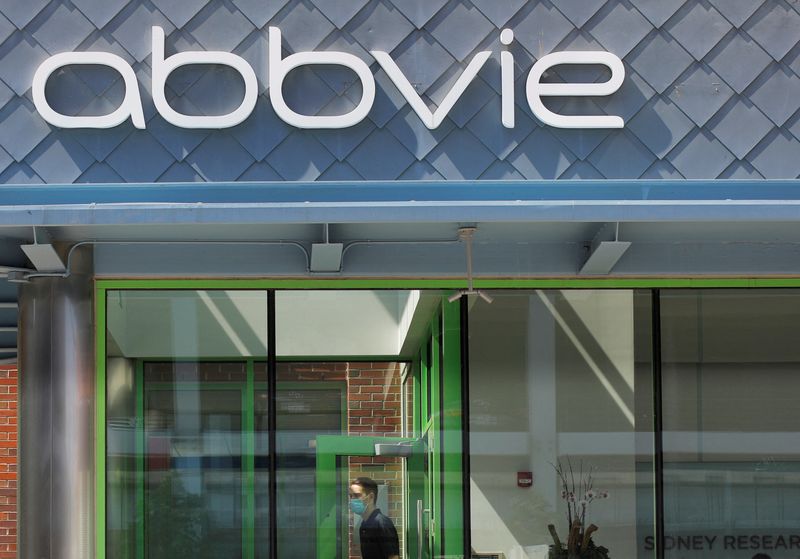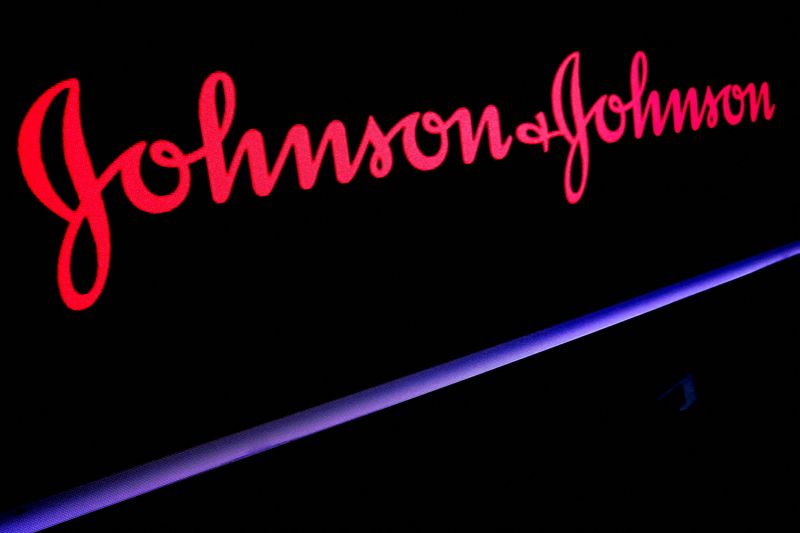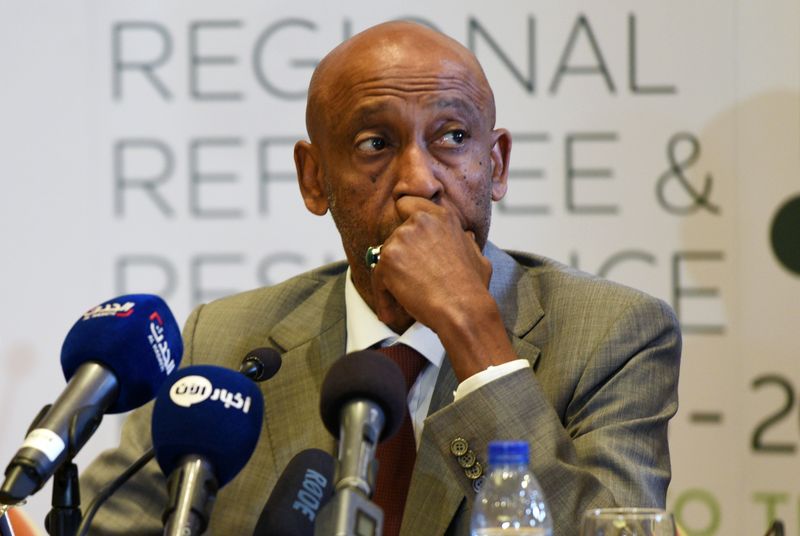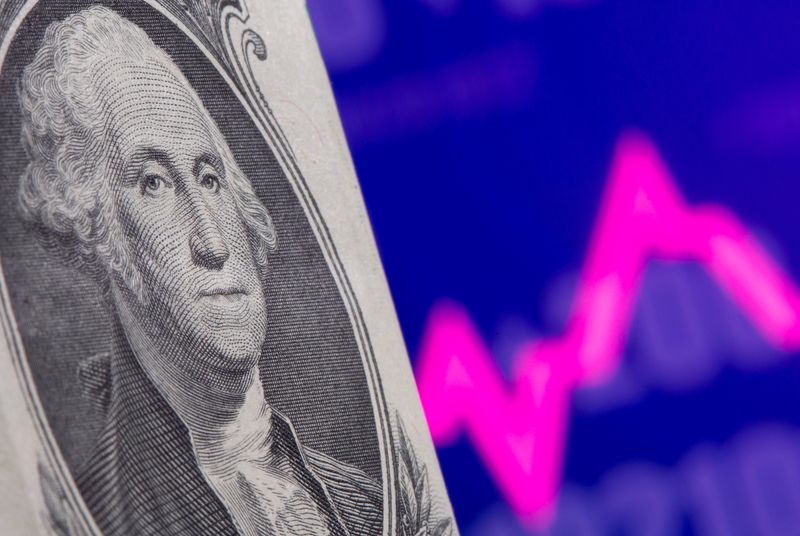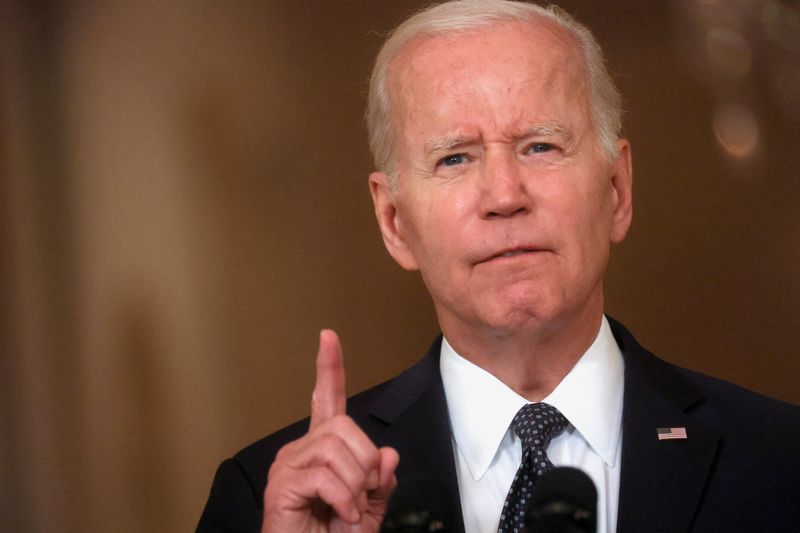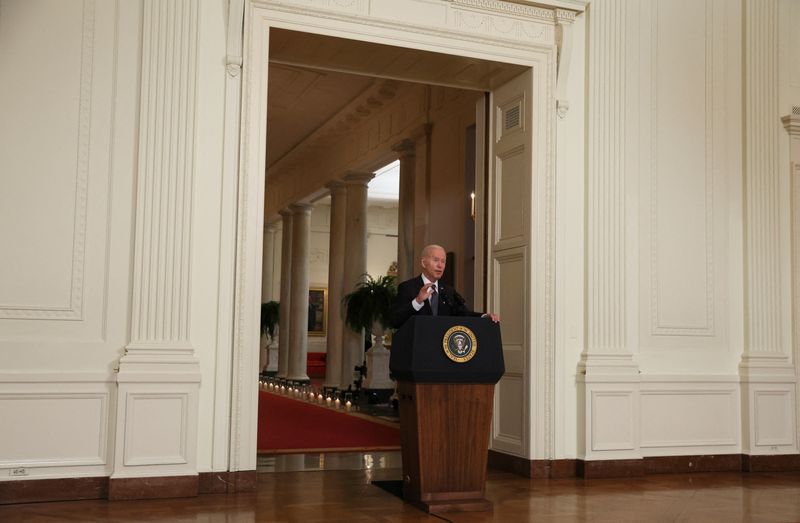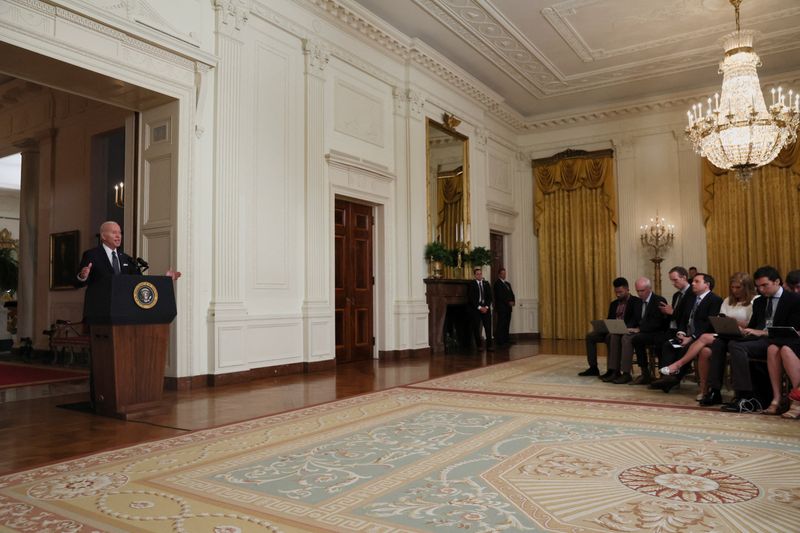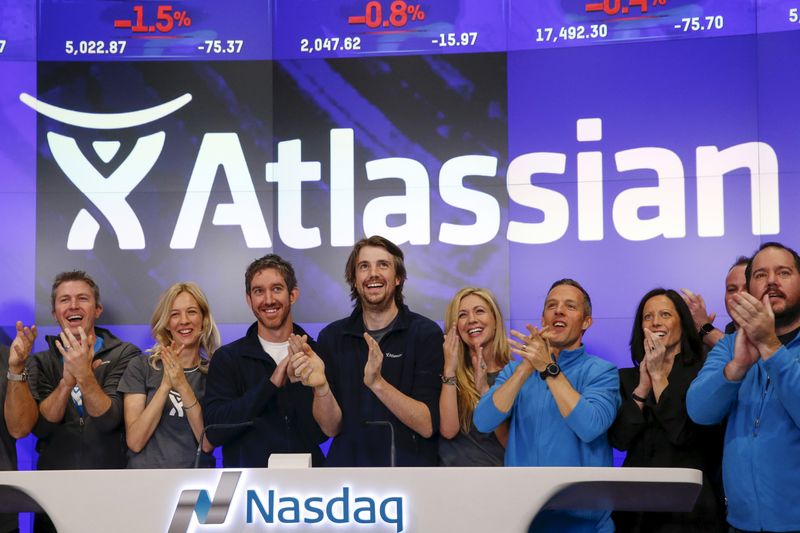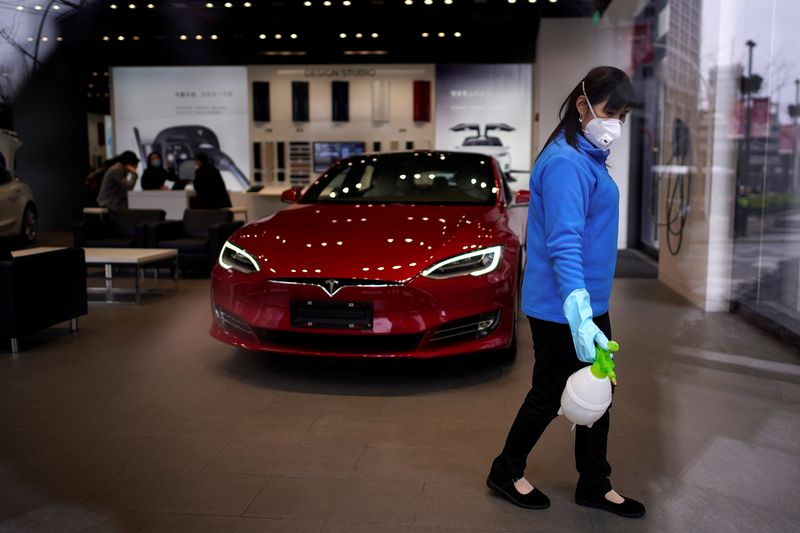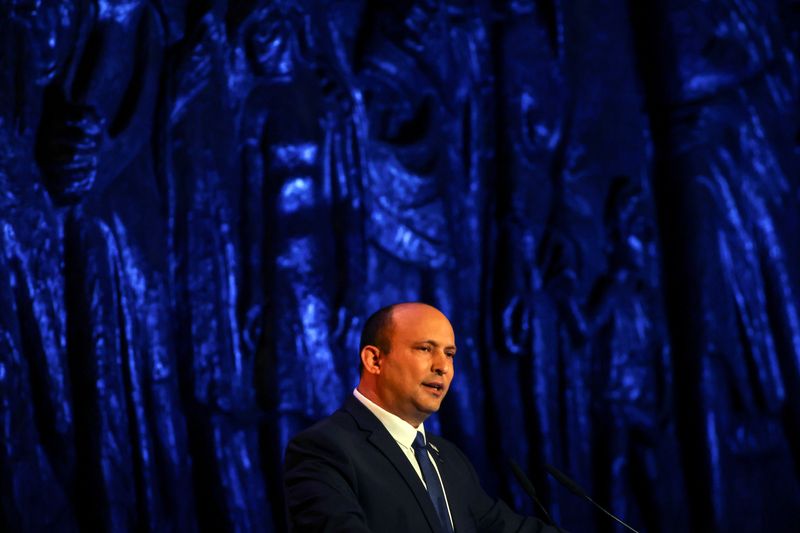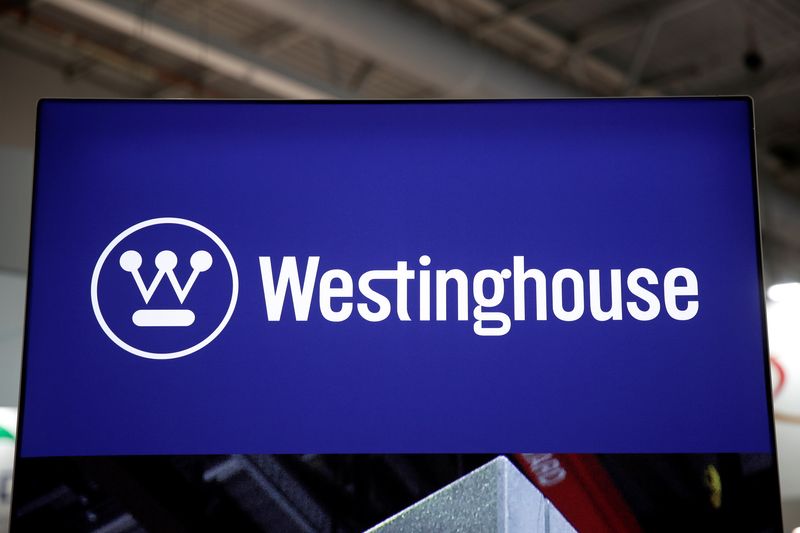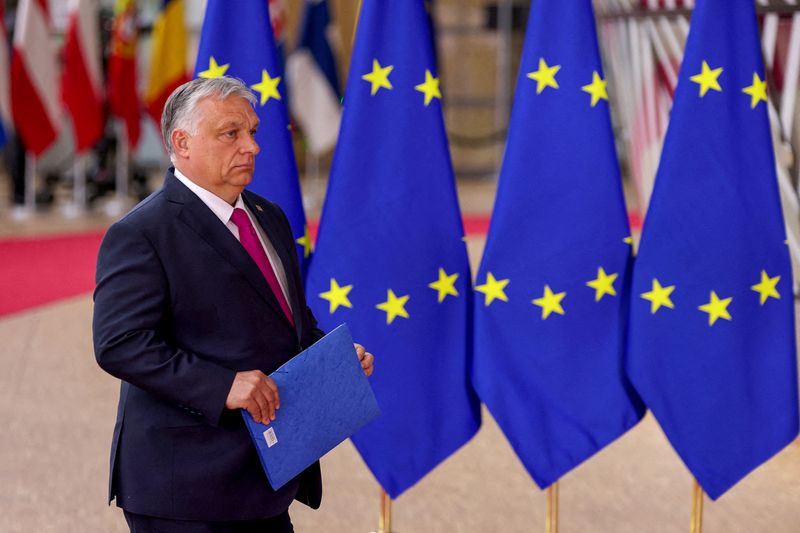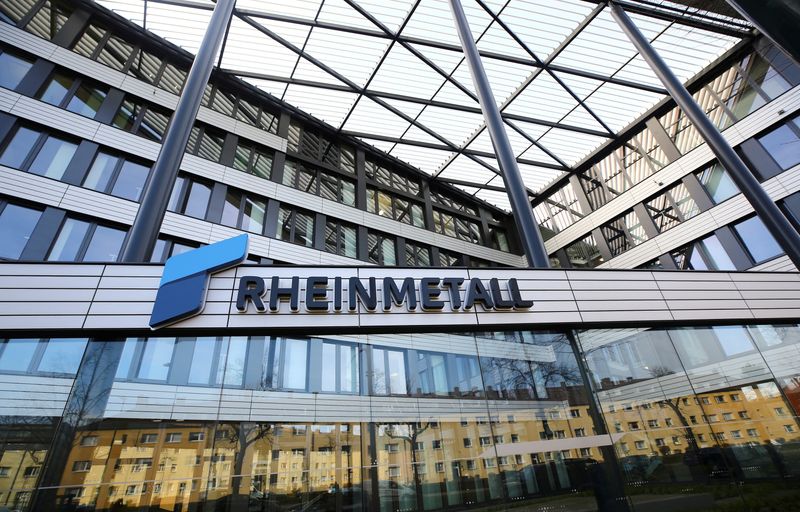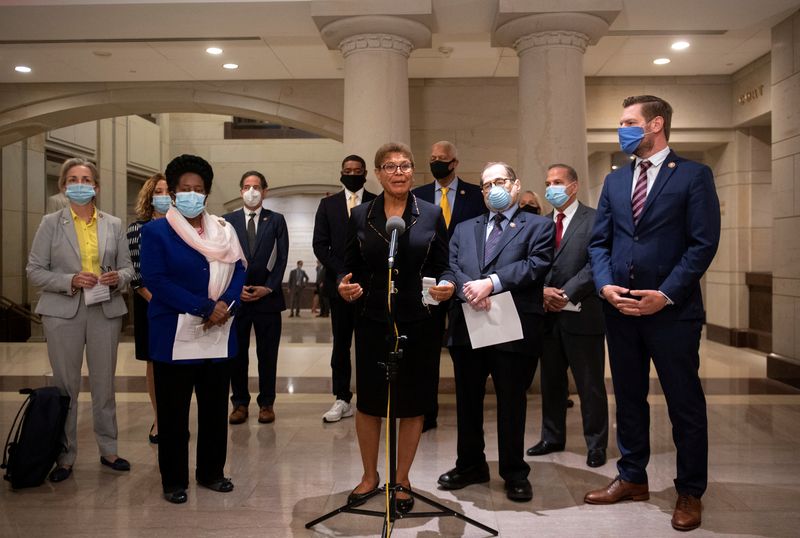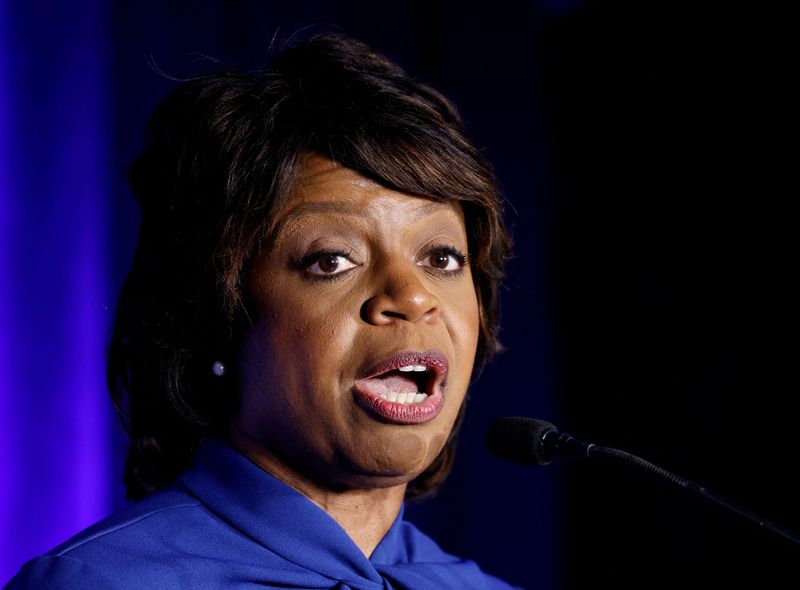By David Shepardson
WASHINGTON -The National Highway Traffic Safety Administration (NHTSA) said Friday it asked Tesla Inc to respond to questions by June 20 after it received 758 reports of unexpected brake activation tied to the carmaker’s driver assistance system Autopilot.
In February, NHTSA opened a preliminary evaluation into 416,000 2021-2022 Tesla Model 3 and Model Y vehicles in the United States after the agency said it had received 354 complaints about the issue over the past nine months.
NHTSA said the driver assistance system allows the vehicles to brake and steer automatically within their lanes.
NHTSA said in February that “complainants report that the rapid deceleration can occur without warning, at random, and often repeatedly in a single drive cycle.”
Owners say they have raised concerns with Tesla, which has dismissed the complaints saying the braking is normal, and some have called it “phantom braking.”
The owner of a 2021 Tesla Model Y told NHTSA in October that, while driving on a highway at 80 miles per hour, “the car braked hard and decelerated from 80 mph to 69 mph in less than a second. The braking was so violent, my head snapped forward and I almost lost control of the car.”
NHTSA in August opened a separate formal safety probe into Tesla’s Autopilot system in 765,000 U.S. vehicles after a series of crashes involving Tesla models and emergency vehicles.
A preliminary evaluation is the first phase before NHTSA could issue a formal recall demand.
In May 2021, Tesla chief executive Elon Musk said dropping a radar sensor from its partially automated driving system would address “phantom braking,” which some Tesla drivers have long complained about.
Tesla, which disbanded its media relations department, did not respond to a request for comment.
(Reporting by David Shepardson; editing by John Stonestreet and Nick Zieminski)
